Algae Corner: How to Identify Different Algae Types
Welcome back to the Algae Corner with me, Dr. West Bishop! We have a fun and exciting episode today talking about how to identify algae. Now, identification is very difficult for most species; especially in a field site.
You probably have many different types of algae present in your pond or your water body, although only one or two may be the real culprit of some of the issues you've seen. What we're going to do today is home in on some of the characteristics that can help us identify various algae species.
Category: Planktonic, Filamentous, or Macroalgae
One of the key things is first describing the type or category that it fits into. It could be planktonic, distributed through the water column, giving a color to the water. It could be filamentous, which are generally mat-like entanglements that show up on the bottom or the surface of the water. Or it could be plant-like macro algae, which grow up from the bottom of the system. They're often confused with aquatic macrophytes, but these are actually a group of algae that we'll talk about.
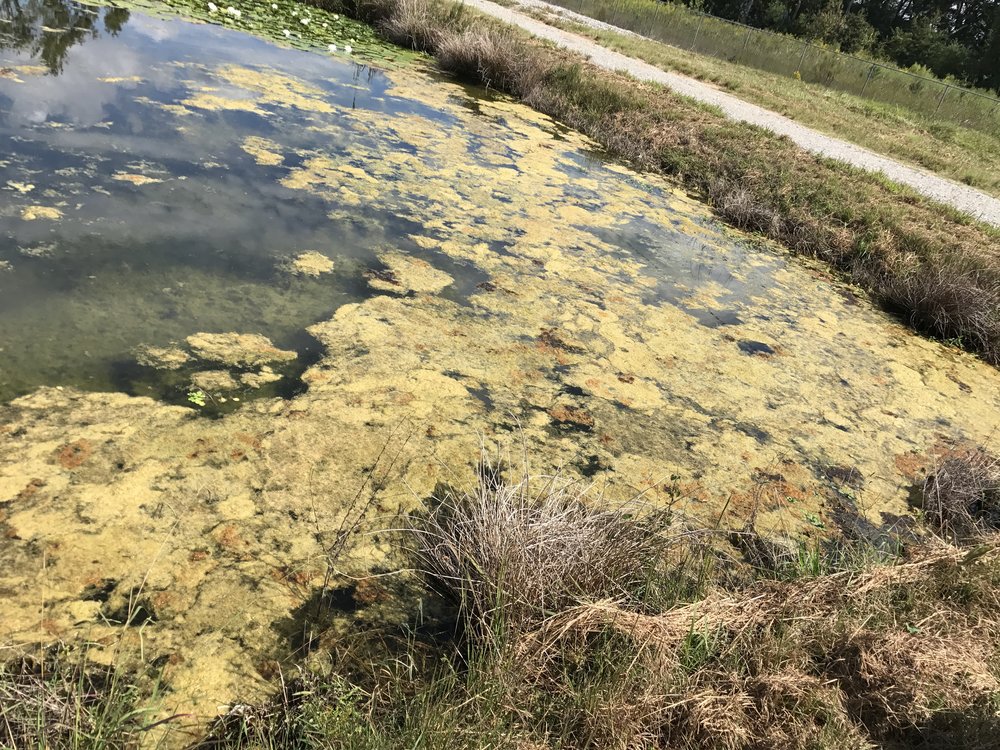 Filamentous (mat-forming) algae
Filamentous (mat-forming) algae
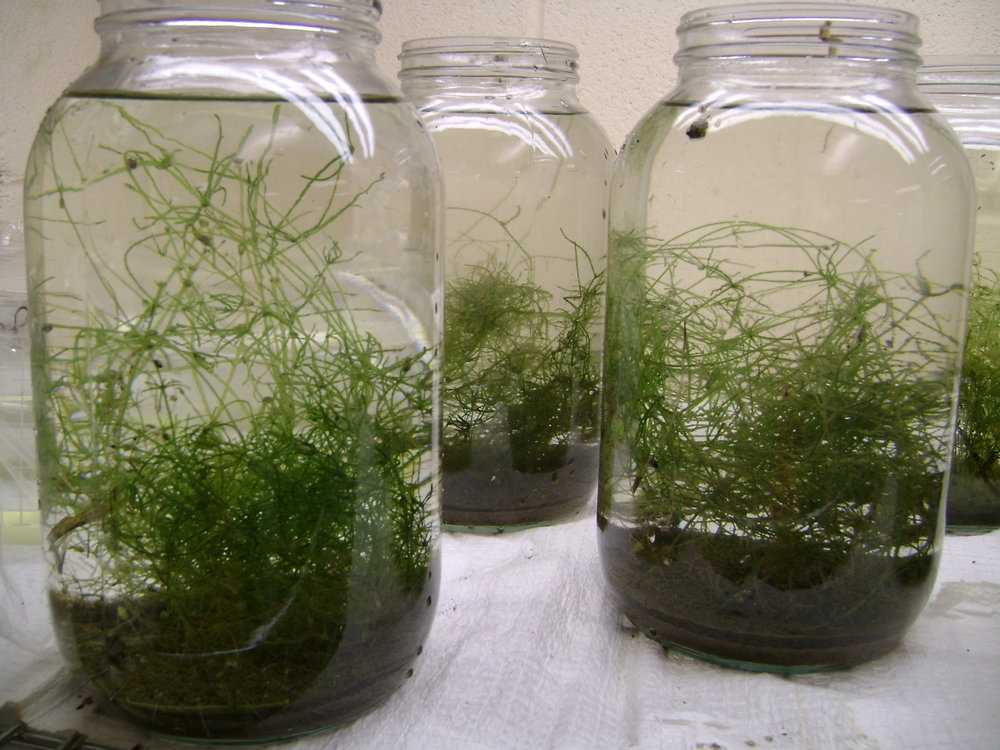 Plant-like macroalgae
Plant-like macroalgae
Coloration
Another important diagnostic clue could be looking at the coloration of the algae. Different algae contain different pigments in them for attaining sunlight, attaining energy through use of the sun's rays. One of the common types is green algae. There’s also blue-green algae, red algae, and even gold algae. So there are many different types of algae and they can have many different pigments that make them appear the way they are.

The first group I want to talk about are the green algae. Green algae contain primarily chlorophyll A and B. This reflects that green color. This makes them look either a bright or a dull green in nature and these are all over the board. These can be very small, planktonic and microscopic forms, or they can be thick large mats, and can even include macro algae as well.
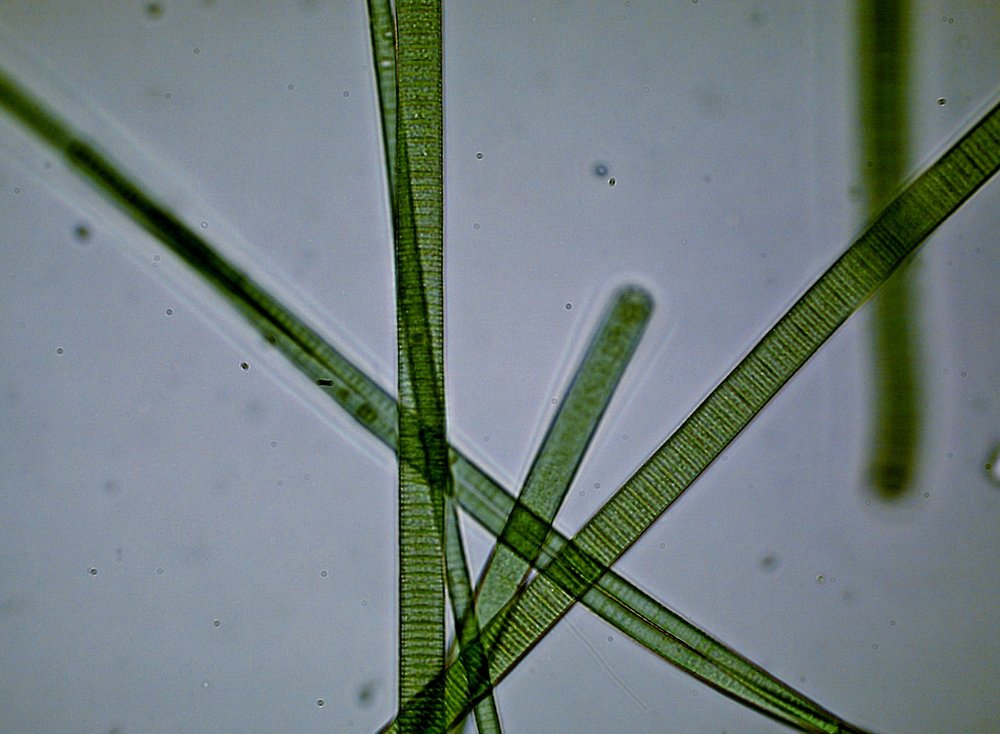
The next group are the blue-green algae; also known as cyanobacteria. These contain the pigment phycocyanin, so this is a blue-green pigment. As opposed to just the chlorophyll, they also have this other pigment that makes them appear a darker green, sometimes even black in color with this darker blue-green pigment.
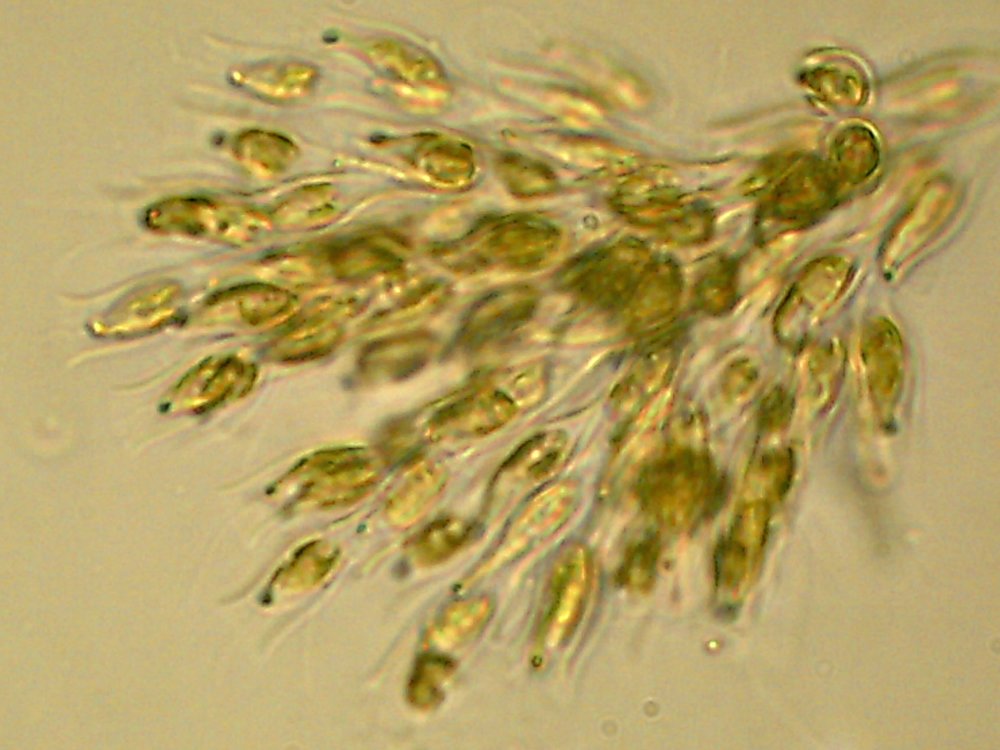
Another group of algae known as diatoms are really neat organisms. They often appear goldish, gray, or yellow-green in color. That's because they have a pigment called fucoxanthin. And diatoms, interestingly, often look like little pieces of glass because they have silica in their cell wall. They’re a very common group and they may cause your water to look turbid or brown in color, but it’s not always as bad as the other types.
So understanding the color of the algae can also help us narrow down what type of algae is in your system or the group of algae we're dealing with.
Identifying Algae Based on Feel
Another way to determine the type of algae you have is getting down and dirty. By feeling the algae, actually getting in there and grabbing it and smelling it. Now be careful, as some algae are indeed slimy, and some have bacteria with them. Some even produce nasty toxins that can cause skin rashes. So be careful, and wash your hands after you handle algae. But there are many types that you may be able to identify just by going out and touching them.
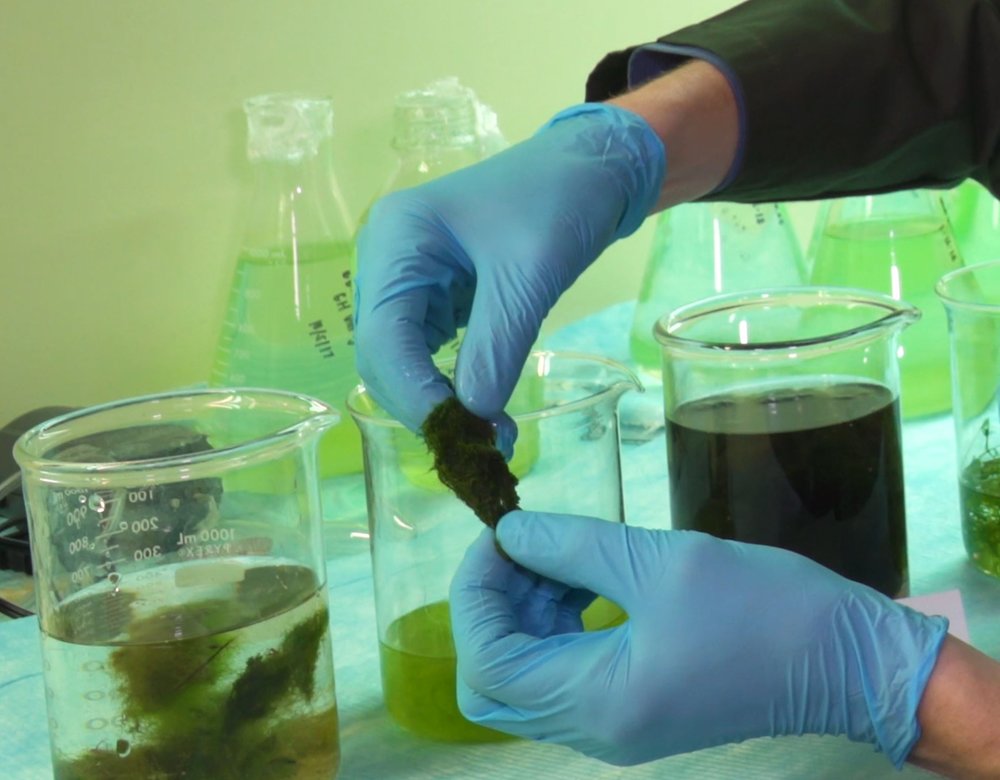
The first type is pithophora. It’s a green filamentous algae. And you can grab it, you can squeeze it out. It almost looks like a cotton ball. This is also known as cotton algae or horsehair algae. It does have little frills that come off of it, meaning it's branched. And often you can see little tiny dark specks. Those are the akinetes or the resting stage cells. Cladophora is very similar to this species as well.
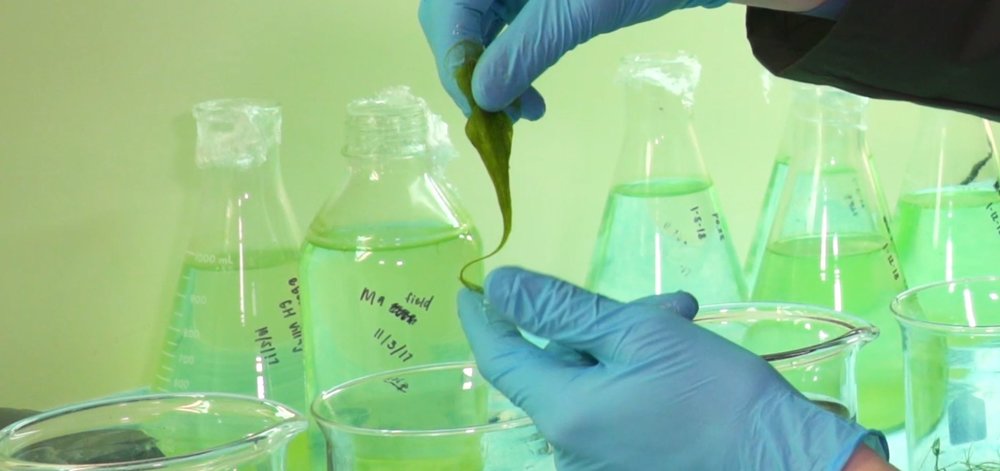
Another common type you may see in the field is spirogyra. Spirogyra is more of a bright green filamentous algae. It’s more slick feeling. You can squeeze it out but it's still slimy and slick. It's often called silk algae because it is a little more slick, and not as cottony feeling like pithophora.
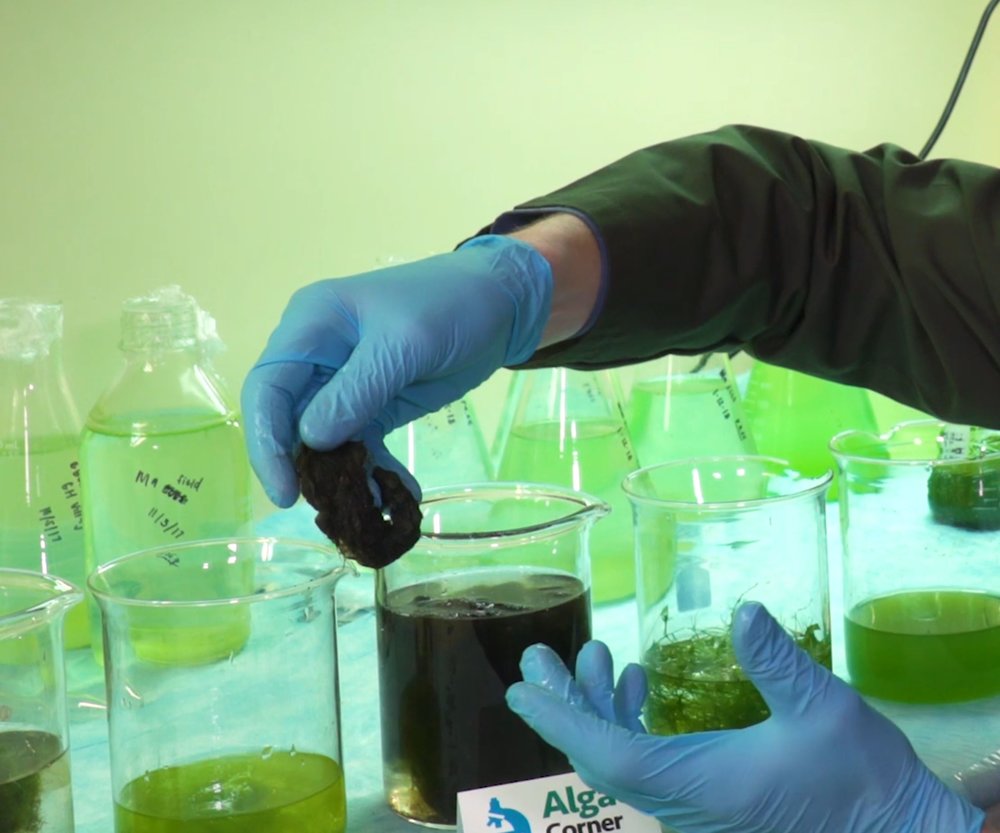
Another algae that you may run into are these thick, black filamentous mats. Lyngbya is a filamentous cyanobacterium, often dark in color. It can grow way down in the sediments and appear almost black in nature sometimes. And this does smell bad, too. This produces some taste and odor compounds called MIB and geosmin, making it smell dirty and fishy. This can be a potential toxin producer, so be sure to wash your hands after you touch it.
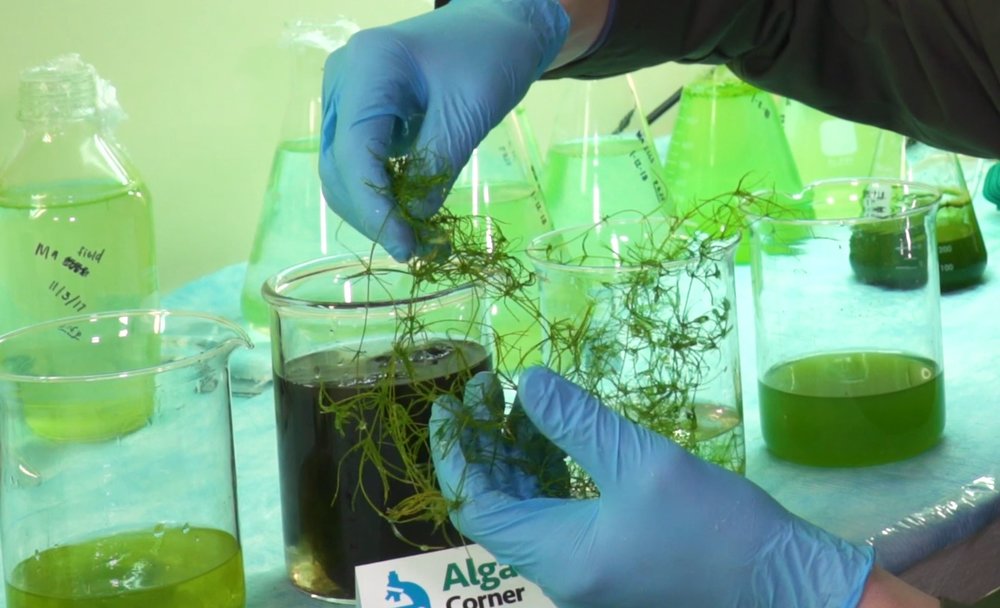
Yet another common type of algae you may be able to identify just by grabbing it and looking at it is chara. This is a type of macroalgae. It often grows up from the bottom of the pond like a macrophyte or a land plant, but this is truly a type of algae. It doesn't have any true root stems or leaves. If you get in and smell this one, it typically smells like a skunk or garlic. Some people describe it as muskgrass.
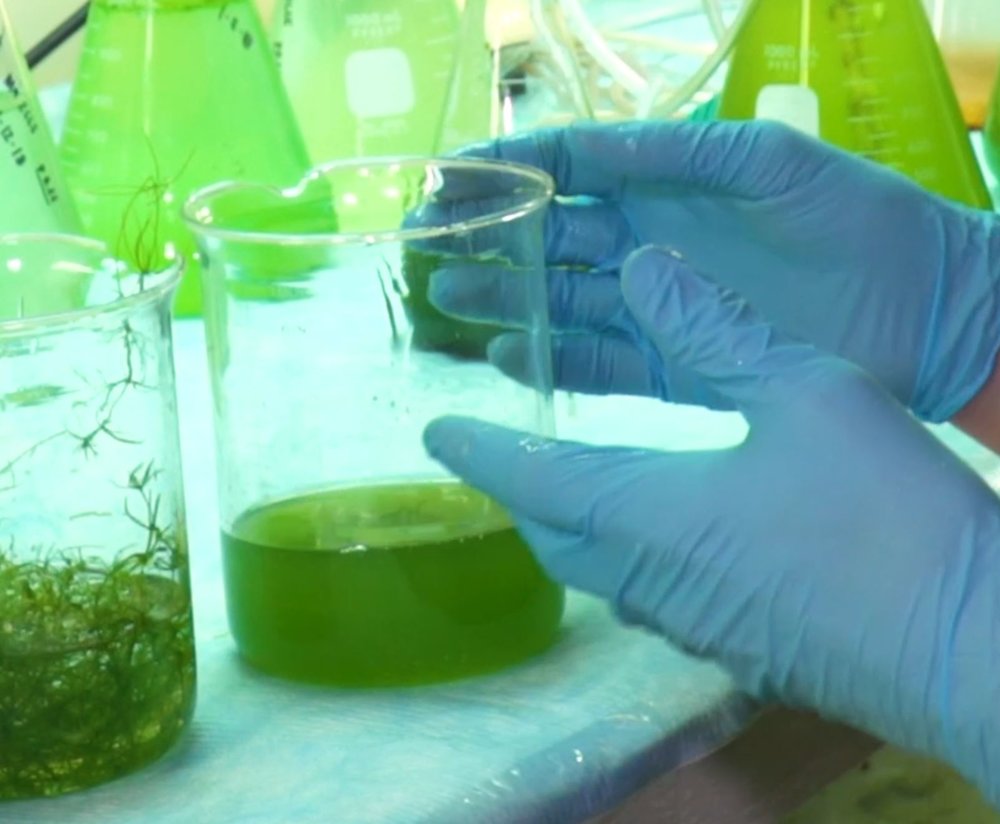
The last one I want to cover today is this blue-green algae color. These are actually cyanobacteria, and they’re very difficult to grab. They can form scums or just be distributed through the water column. But these are cyanobacteria, and diagnostic of those types of algae. And most of those are potential toxin or taste and odor producers. Even though you may not be able to grab them, they often form this color or scums on the surface.
Summary
This is just a quick overview of a handful of common algal species you may be able to identify if you actually get down and dirty and grab them. Although we looked at a few different diagnostic species today, we didn't nearly cover the 30,000 species that are documented and known. It is very difficult to tell without the use of specialized laboratory equipment what type of algae you may have.
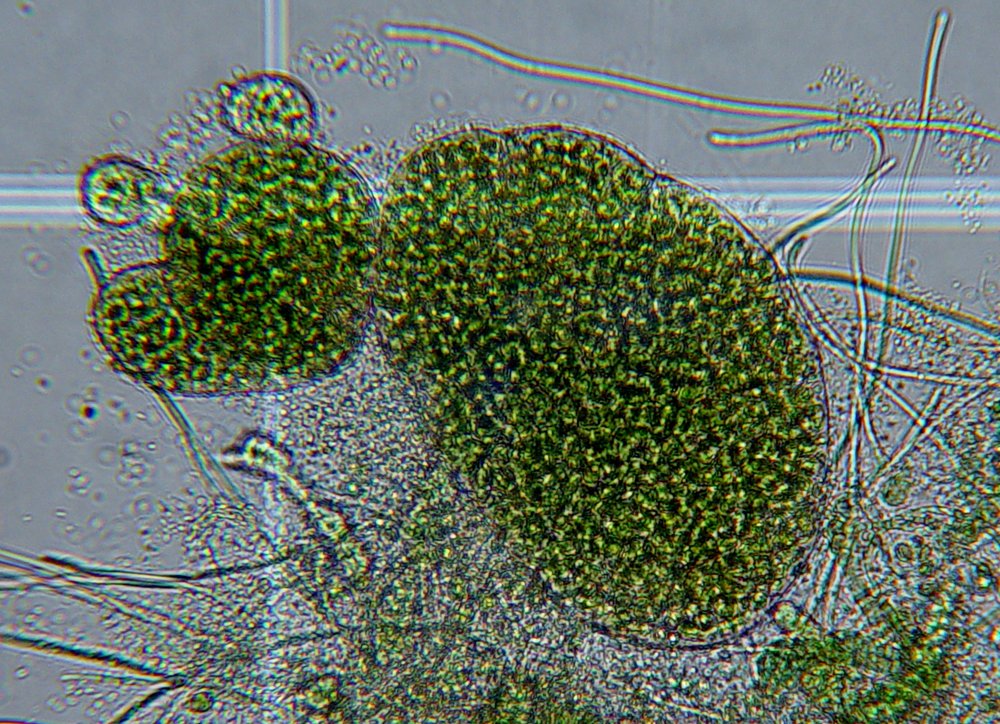
Some of the planktonic algae are extremely small, and they require a microscope for correct identification. And it is important to keep an eye on even these planktonic types, because some are good for your system, while others are very bad, and certainly can be toxin producers as well.
So specific algae identification can be difficult in the field, but there are some diagnostic clues that we covered, such as appearance, the broad categories, their coloration, and what they feel and smell like.
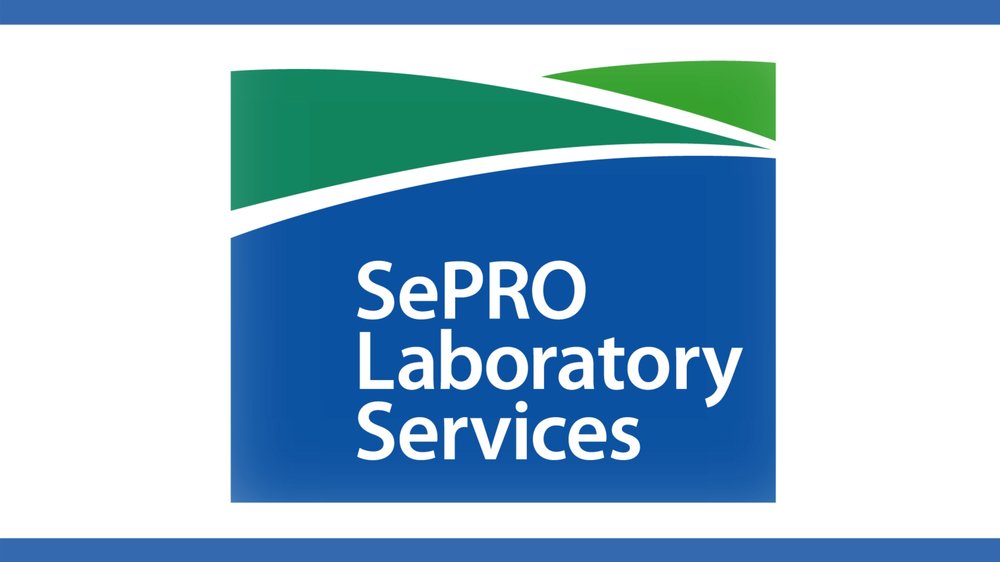
But if you need more help, if you want to send in a sample, SePRO does offer an algae identification kit. You can send in a sample. We'll look at it under the microscope and give you a report telling you what types you have and whether or not they're a problem. This will help to decide whether or not you need to think about management of those species. It's as simple as sending us a sample and seeing if your water's safe.
For more information about algae identification or potential management solutions, come get ahold of us. We're happy to answer any questions you may have. Thank you for your time today and thanks for tuning into the Algae Corner!
To enable comments sign up for a Disqus account and enter your Disqus shortname in the Articulate node settings.
